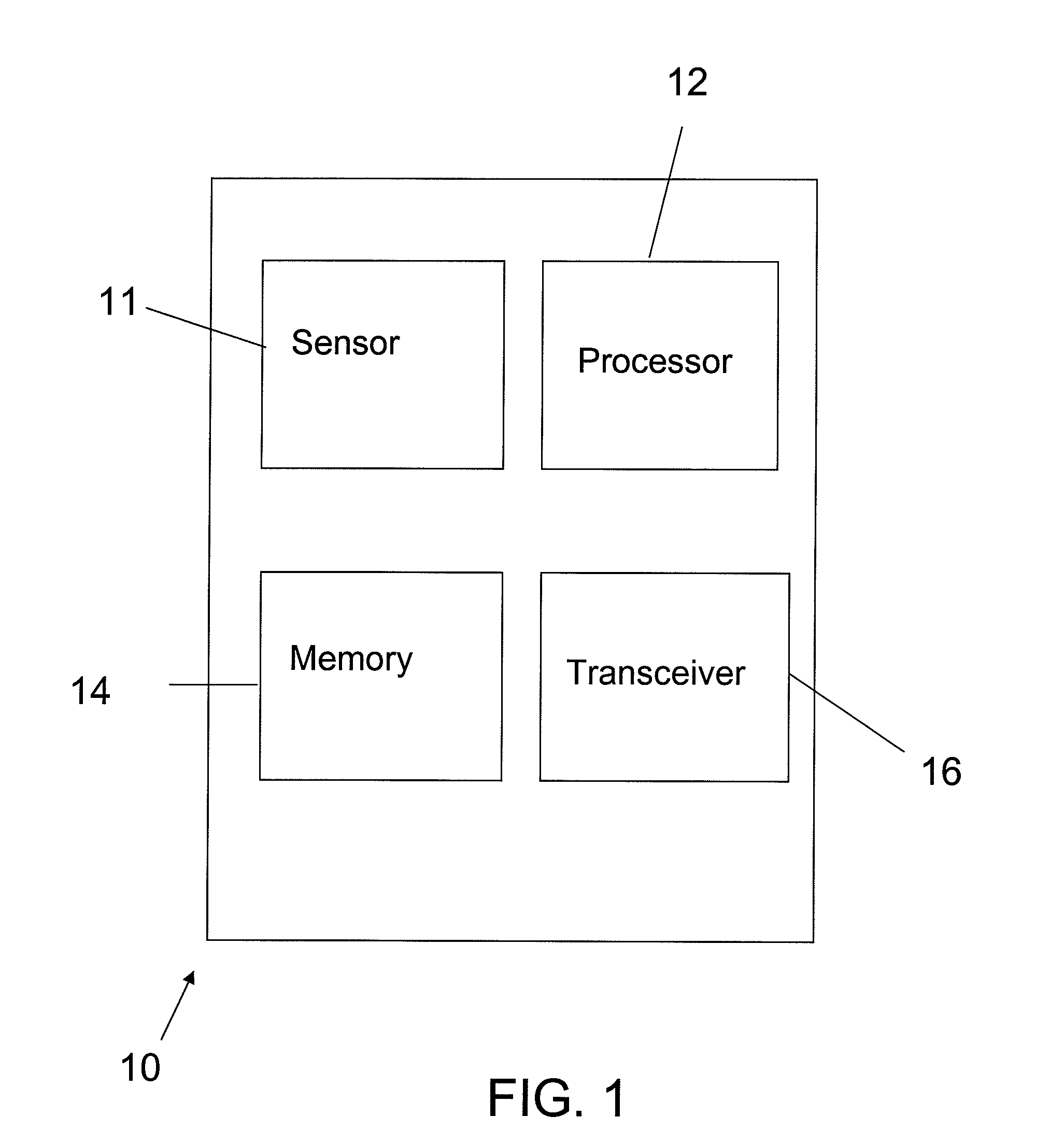Systems and methods for managing heart rate dependent conditions
a technology of heart rate dependent conditions and systems, applied in the field of systems and methods for managing heart rate dependent conditions, can solve the problems of inability to achieve the same data acquisition rate as data acquired using external ecg electrodes, inability to optimize inability to achieve the same data acquisition rate. , to achieve the effect of optimizing patient health and safety, reducing the risk of clinical complications
- Summary
- Abstract
- Description
- Claims
- Application Information
AI Technical Summary
Benefits of technology
Problems solved by technology
Method used
Image
Examples
Embodiment Construction
[0024]To provide an overall understanding of the invention, certain illustrative embodiments will now be described, including exemplary embodiments of a device that is used in patient's heart rate monitoring and management. The systems and methods described herein may be adapted and modified for other suitable applications and that such other additions and modifications will not depart from the scope hereof.
[0025]A device identifying a patient specific safe heart rate zone and monitoring the patient's heart rate (HR) against the safe heart rate zone may allow a clinician to titrate medical therapy under a continuous heart rate surveillance to maintain HR within a specified safe HR zone.
[0026]Turning to the illustrative embodiments, FIG. 1 illustrates a diagram of an implantable medical device 10 for measuring and monitoring the patient's HR. The processor 12 of the IMD 10 is programmable to set a patient's safe HR zone. The IMD 10 includes a sensor 11 for receiving and monitoring th...
PUM
 Login to View More
Login to View More Abstract
Description
Claims
Application Information
 Login to View More
Login to View More - R&D
- Intellectual Property
- Life Sciences
- Materials
- Tech Scout
- Unparalleled Data Quality
- Higher Quality Content
- 60% Fewer Hallucinations
Browse by: Latest US Patents, China's latest patents, Technical Efficacy Thesaurus, Application Domain, Technology Topic, Popular Technical Reports.
© 2025 PatSnap. All rights reserved.Legal|Privacy policy|Modern Slavery Act Transparency Statement|Sitemap|About US| Contact US: help@patsnap.com



